Breadcrumb
Blog - otsikko
The Police Blog
Asset Publisher
-
Internship in the police: what is it like to do communication work in different parts of the police?31.10.2025 12.02National Police Board Police operations and development
-
The police in Finland use firearm with deliberation and on rare occasions23.9.2025 10.16Law enforcement and response National Police Board Police operations and development
-
Promoting the road safety culture among young people requires action from society as a whole22.8.2025 8.08National Police Board Traffic
-
Be cautious online – cyber-enabled crime on the increase3.4.2025 13.07Lapland Police Department National Police Board Offences and criminal investigation
-
Many risks lurking for older people17.3.2025 13.54National Police Board Offences and criminal investigation Preventive Police Work
-
Several successes in police traffic safety work in 202428.2.2025 9.06National Police Board Traffic
-
Violence, disruptive behaviour and noise cause house calls for the police at New Year24.1.2025 9.59National Police Board
-
Pedestrian crossing must live up to its reputation13.12.2024 15.17National Police Board
-
Are you a victim or perpetrator of violence or both?25.11.2024 11.04
-
Crime prevention in villages, schools and increasingly online13.11.2024 10.24National Police Board Offences and criminal investigation
-
Police traffic enforcement has a social effectiveness15.10.2024 9.22National Police Board Traffic
-
The most serious road traffic accidents typically occur within 80 km/h speed limit zones26.8.2024 17.26National Police Board Traffic
-
Traineeship at the National Police Board: Diverse communication and valuable experience23.8.2024 13.07National Police Board Police operations and development
-
What is the future of mediation – questions about mediation30.7.2024 12.30National Police Board Offences and criminal investigation Preventive Police Work
-
Search Engines as a tool for law enforcement to prevent youth cybercrime8.3.2024 15.07The National Bureau of Investigation
